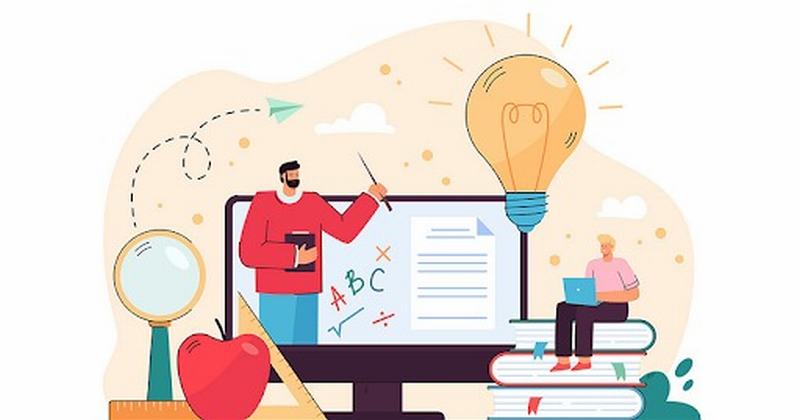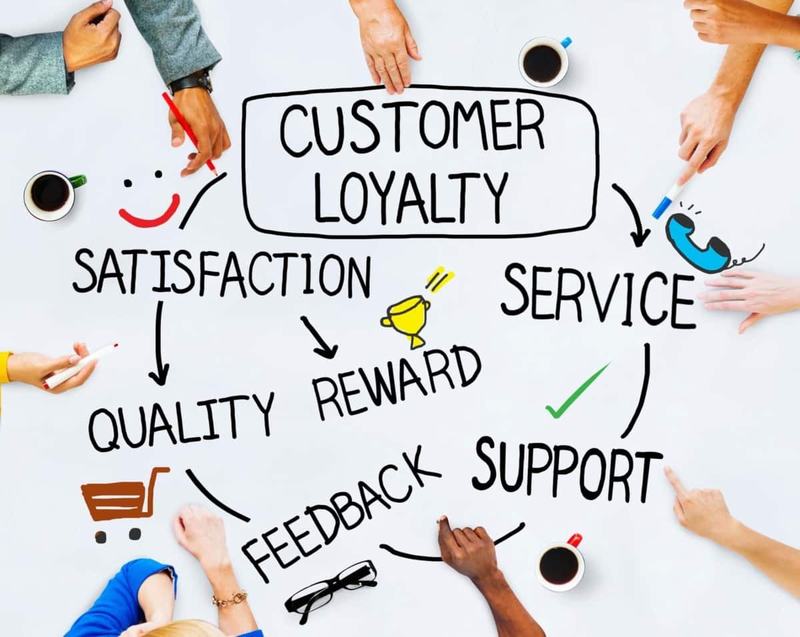In this article, we will explore the 5 stages of the customer journey in detail. Each of these stages has its own characteristics, and understanding them deeply will bring many benefits to businesses. In particular, the conversion rate can increase 2 times compared to normal.
Stage 1: Product/Service Awareness
This is the first stage in the customer journey, when they become aware of the existence of your product or service.
Customers can find information about you through media channels such as Advertising, social networks, or through recommendations from relatives and friends. Simply put, before experiencing to know the quality of your product, customers need to know the existence of the product.
Brand recognition along with product and service recognition will help businesses optimize many costs, including marketing.
Therefore, at this stage, businesses can carry out promotional activities that leave a deep impression on customers’ minds. This creates customer touch points, motivating them to take action such as buying/using products/services.

Stage 2: Consideration
During this stage, potential customers will consider their options and evaluate your service against your competitors.
They can check online reviews, ask friends and acquaintances to find out what they say about your brand. Through that, they will have a clear answer on whether to buy from your brand or not.

You can build customer trust during this stage by collecting good reviews, 5* on Google, Facebook, … so that customers have many reputable information channels to trust and refer to. Or other factors, specifically:
Highlight points of difference and value
Customers are used to comparing your brand to your competitors, so make sure your key differentiators, benefits and value propositions stand out and appeal to your customers.
Building trust
Use good customer reviews and reputable feedback to increase the credibility of your products and brands in the market.
Third-Party Cooperation
Cooperate with third parties such as newspapers, KOLs, KOCs, etc. to increase coverage, build credibility, and attract consumers.
Stage 3: Conversion/Purchase Decision Stage
At this stage, the individual or group buying will move from being a prospect to becoming a customer. Depending on the perceived importance of the purchase – as well as the buyer’s personality – it can take a long time to reach this stage.
In stage 3, businesses need to show customers the benefits and values they will receive when deciding to buy, thereby motivating them to make a quick purchase decision.
Stage 4: Retention Phase
According to American Express statistics, when customers are very satisfied, they are 90% more likely to return to make a purchase within the next 6 months.
When customers use your products or services and feel satisfied, they will come back to buy and recommend your brand to their relatives and friends.
The sales department of the business can reach out to each customer to ensure that all the services provided are in order and provide support when needed. This can be done by making phone calls, Email marketing teams sending content such as:
– Introduce information related to new products
– Suggest upsells and cross-sells
– Provide special offers and promotions based on customer purchase history
– There are priority policies for loyal customers,…
Stage 5: Loyalty Stage
Loyal customers are the most profitable customers for a business.
There are many reasons why they are “absolutely” satisfied with your business such as: Good after-sales service, attractive incentives and promotions, excellent product quality, good customer care and support services…

Specifically, for this group of customers, they are really satisfied with your brand’s products and services, always prioritize choosing your brand first. And are willing to market for free in many forms so that more people know your brand.
For example, your business should create highly personalized offers, send them via SMS or email. At the same time, give small gifts, write thank you notes through social networking sites, emails to them. Help them feel satisfied and want to stick with your business for a long time.
Comment Policy: We truly value your comments and appreciate the time you take to share your thoughts and feedback with us.
Note: Comments that are identified as spam or purely promotional will be removed.
To enhance your commenting experience, consider creating a Gravatar account. By adding an avatar and using the same e-mail here, your comments will feature a unique and recognizable avatar, making it easier for other members to identify you.
Please use a valid e-mail address so you can receive notifications when your comments receive replies.